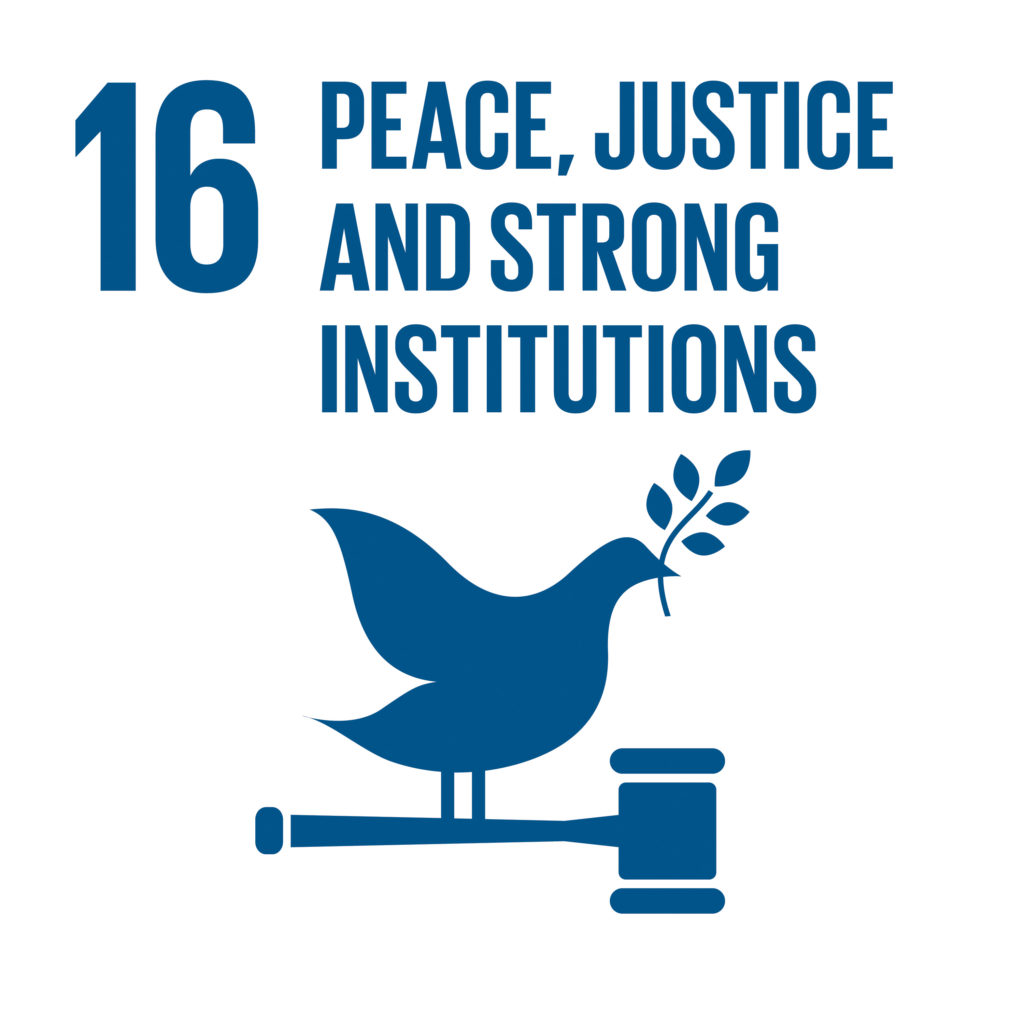
As we get close to 2030 with every passing year, how close are we to achieving the ambitious agenda of the UN Sustainable Development Goals, mainly target 16.3’s promise to ‘ensure equal access to justice for all?’
The World Justice Project and the Task Force on Justice estimate that approximately 5 billion people in the world do not have access to justice to problems such as land injustice, employment injustice, modern slavery, insecurity due to armed conflicts and so on. Clearly, the demand for justice is high. We need a fresh take in order to meet this demand for justice and to achieve the 2030 target goals.
Increasingly, researchers and justice workers alike are relying on evidence-based practice to resolve people’s justice problems. HiiL’s Justice Dashboard brings to you evidence-based guidelines on resolving the most pressing justice problems related to family, land, neighbours, and employment. These guidelines support front-line practitioners such as paralegals, lawyers, judges, mediators, social workers, and community justice workers in applying what has proven to work in preventing and resolving justice problems.
They contain a set of actionable interventions that justice workers can apply to deliver outcomes that people desire from dispute resolution. They can be implemented by any person with limited or no additional support necessary from peers. With these recommendations, we aim to bridge the gap between research and professional practice. In the future, we will have these guidelines reviewed by external justice workers to confirm their practical application.
Taking inspiration from methods used in the medical sector to establish standard ways of working, we have identified interventions from literature produced by experts and scholars to prevent and resolve justice problems. The empirical evidence has been sourced from the fields of psychology, criminology, communications, and conflict resolution. Using the evidence, we studied the benefits and pitfalls of each intervention, then compared them to other equivalent interventions and graded the quality of each intervention based on its empirical validity or the GRADE method ― a scholarly benchmark given by the medical sector to evaluate the quality of evidence.
The interventions are grounded in core classes of interventions called ‘building blocks’ that are used in various phases of dispute resolution. The seven basic building blocks are preventing, mapping facts, convening, communicating, resolving, moving forward, and aftercare. Different types of justice problems require different building blocks, but an effective justice treatment will typically contain at least one building block.
To get a snapshot of interventions, head to the guideline on family problems. In there, we show 21 sets of interventions that provide recommendations on parenting styles, sharing expenses related to childcare post-separation, and household arrangements. They can be used by family and friends who are helping the disputing parties, therapists, mediators, lawyers, paralegals, and judges. Broadly speaking, each of these recommendations belongs to broad categories of building blocks such as preventing, communicating and resolving.
In the coming weeks, we will be releasing similar interventions to resolve problems related to land, employment, neighbours, and domestic violence. Keep watching this space for more.
Further Reading
- Treatment Guidelines for Justice Problems
- The Justice Dashboard: Guideline on Family Justice Problems

